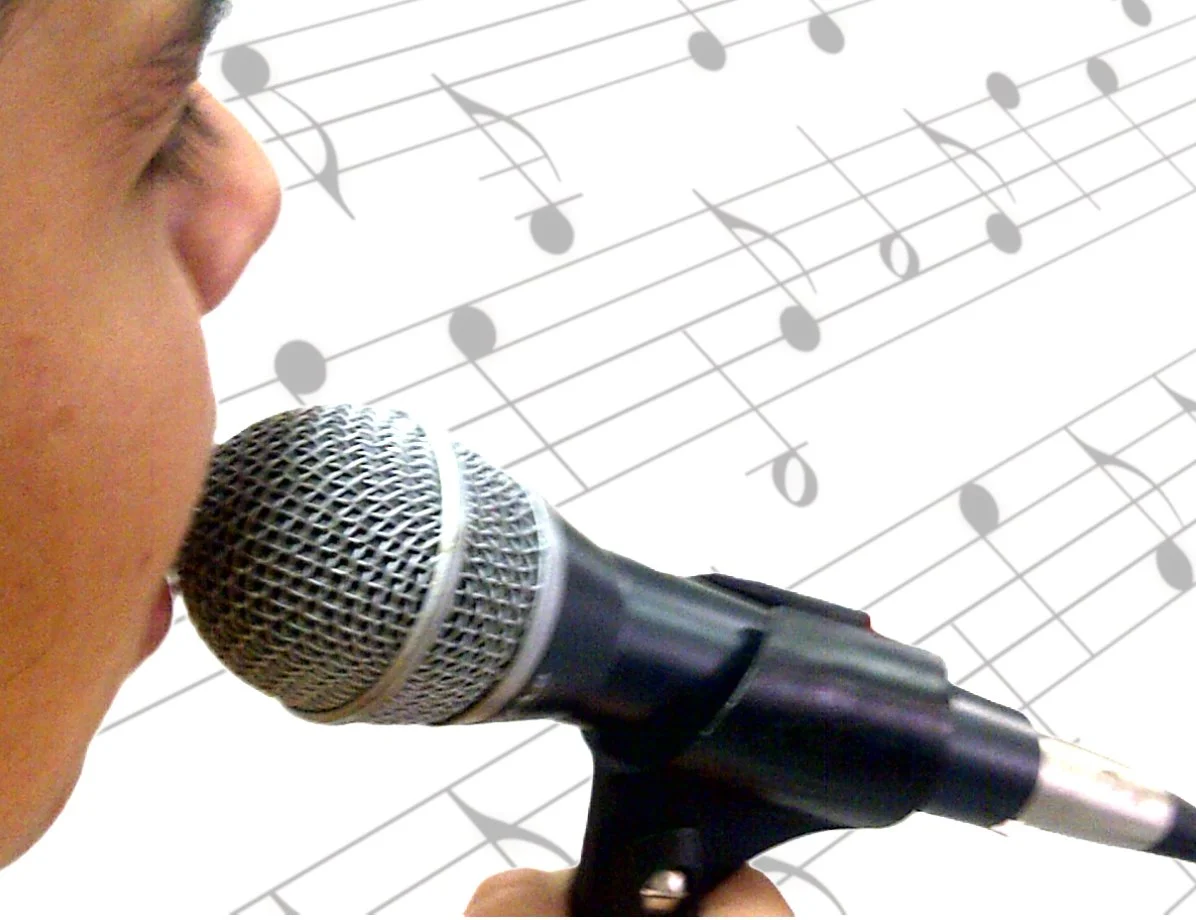🎤 Inclusive and Accessible Singing: Transforming Vocal Education for Blind and Visually Impaired Singers
At Vocal Studio Lilian López, inclusivity is more than a value—it is a practice, a methodology, and a commitment to ensuring that every voice can grow, express, and thrive. During my experience teaching in the Music Program at the Miami Lighthouse for the Blind, I witnessed firsthand how the singing voice becomes a powerful tool for autonomy, emotional regulation, and artistic identity in students with visual impairments and diverse neurocognitive profiles.
This article explores why inclusive vocal training is essential, what challenges exist in traditional singing education, and what pedagogical strategies can transform vocal learning for blind and visually impaired students.
🌟 The Limitation of Traditional Vocal Pedagogy
Conventional vocal instruction relies heavily on visual cues:
observing posture,
watching mouth shapes in a mirror,
reading musical scores,
following a conductor’s gestures.
For blind or low-vision singers, these practices create structural barriers that lead to incomplete participation or dependency on others. Researchers such as Ockelford (2013) and McLinden & Douglas (2014) argue that vision-based models exclude students whose sensory processing is fundamentally different.
In other words, the barrier is not in the student—it is in the method.
🎧 The Voice as a Multisensory Bridge
In classes with blind and visually impaired students, I observed that the voice becomes a multisensory instrument. Students rely on:
deep listening,
vibratory awareness,
rhythmic stability,
proprioception (awareness of the body without visual cues).
This aligns with the Ecological Approach to Sensory Learning described by Gibson (2014), where the body and auditory perception guide learning when the visual system is unavailable.
In my sessions, students located my position in the room through sound alone. My voice became:
a spatial reference point,
a tool for emotional grounding,
a guide for breathing, resonance, and stability.
🔵 When Visual Impairment Meets Neurodiversity
An increasing number of blind or visually impaired students also present autism, anxiety, sensory processing differences, or ADHD. This combination—known as dual sensory-neurocognitive diversity—requires specialized methodologies.
Studies by Robertson & Baron-Cohen (2017) and Donnellan et al. (2013) highlight that neurodivergent learners benefit from:
predictable routines,
rhythmic repetition,
emotional co-regulation,
sensory-friendly environments.
This means that accessible singing training must address both the visual impairment and the neurodivergent sensory experience.
🟣 Key Strategies for Inclusive and Accessible Vocal Training
Based on real classroom experience and supported by research, here are effective strategies:
1. Highly descriptive auditory instruction
Because students cannot “look,” they rely on verbal precision.
Examples:
“Feel the vibration in your sternum.”
“Imagine the sound spinning forward.”
“Place your breath low and wide around your ribs.”
2. Tactile biofeedback
Students use their hands to identify:
resonance points (cheeks, nose, chest),
breath expansion (lower ribs),
vocal vibration (sternum).
This method is supported by Gfeller (2000) and other music-sensory research.
3. Movement-based learning
Walking, gentle swaying, or rhythmic steps help organize the voice.
Movement allows:
better breath flow,
clearer pitch production,
regulation for autistic students.
LaGasse (2017) shows that music-movement integration supports sensory and neurological organization.
4. Rhythmic structure as emotional anchor
Repetitive rhythmic patterns help maintain focus and reduce anxiety.
This echoes Thaut (2005), who established rhythm as a regulator of motor and cognitive processing.
5. Accessible technology
audio-based exercises,
screen-reader compatible resources,
step-by-step audio instructions,
tactile or braille labeling of materials.
Zhang et al. (2025) emphasize that accessible music technology is advancing, but must be intentionally applied in singing education.
🌱 The Transformative Impact
The results observed at Miami Lighthouse were profound:
Increase in vocal clarity and resonance
More accurate intonation and rhythm
Greater independence in practice
Stronger emotional self-regulation
Enhanced confidence and self-expression
Authentic integration among students with and without disabilities
Singing became not only an artistic skill, but a vehicle for dignity, identity, and empowerment.
🟩 Why Inclusive Singing Matters
Inclusive vocal education is not optional—
it is an ethical responsibility.
When we adapt the method instead of forcing the student to adapt alone, we open doors to:
equitable artistic participation,
expanded career pathways,
lifelong musical growth,
community belonging,
and human connection.
As educators, we must commit to building methodologies that reflect the true diversity of human voices and experiences.
📚 Bibliographic Foundations (APA 7)
Booth, T., & Ainscow, M. (2016). Index for Inclusion: Developing Learning and Participation. CSIE.
Donnellan, A., Hill, D., & Leary, M. (2013). Rethinking Autism: Implications of Sensory and Movement Differences. Cambridge University Press.
Gfeller, K. (2000). Music as therapy for individuals with visual impairments. Journal of Visual Impairment & Blindness.
Gibson, J. (2014). The Ecological Approach to Education and Sensory Learning. Routledge.
LaGasse, A. (2017). Music therapy and sensory regulation in autism. Frontiers in Integrative Neuroscience.
McLinden, M., & Douglas, G. (2014). Education of Children and Young People with Visual Impairment. Springer.
Ockelford, A. (2013). Music, Sensory Development, and Disability. Oxford University Press.
Robertson, C., & Baron-Cohen, S. (2017). Sensory perception in autism. Nature Reviews Neuroscience, 18(11).
Somani, N., Beukes, E., & Lindsay, R. (2023). Music-based interventions for individuals with visual impairment. Frontiers in Psychology.
Thaut, M. (2005). Rhythm, Music, and the Brain. Routledge.
Zhang, S., Masu, R., Bettega, M., & Fan, M. (2025). Music Technology for Blind and Low-Vision People. arXiv.


